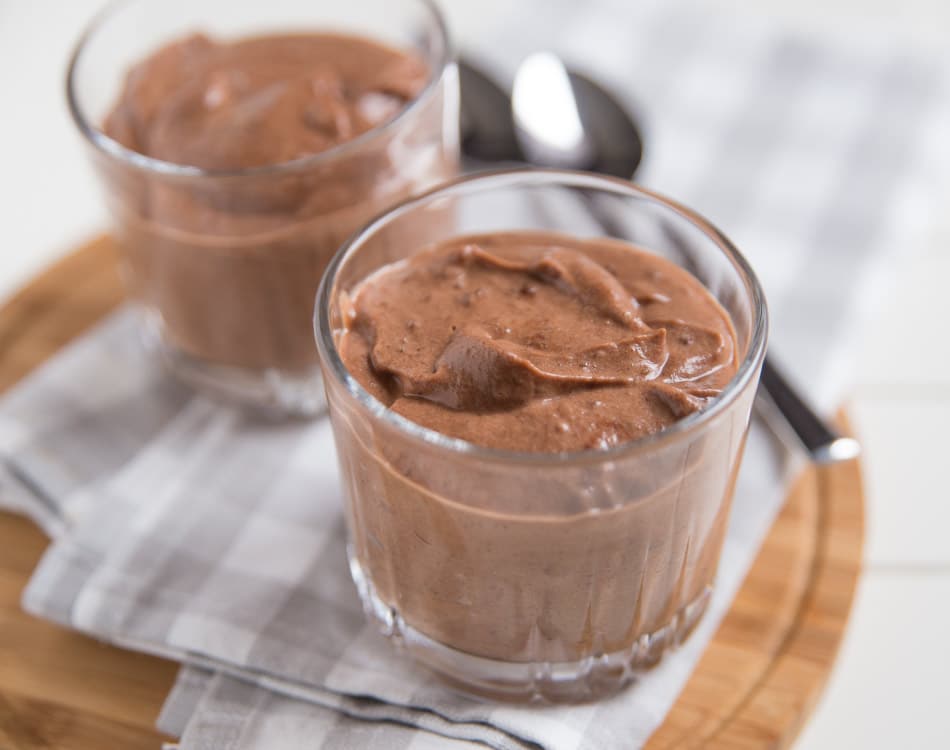Energy balance is a fundamental principle that informs successful and sustainable weight loss1. The theory suggests that we change our body weight by creating an imbalance in either direction.
There are, however, nuances to the energy balance theory. While the premise always holds true when we create an energy surplus – we gain weight when we consume more calories than we burn – weight loss does not continue in a linear fashion the longer we remain in an energy deficit.
On the surface, the calculations add up because one pound (0.45kg) of body fat contains an energy value of approximately 3,500 calories2.
As such, it would make sense that burning the equivalent amount of calories through energy-restricted eating and regular activity could help you shed up to pound of body fat. Moreover, the figure gave rise to the 500-calorie-a-day-deficit guideline as it neatly breaks down into the seven days in a week.
READ MORE | Does The 500-Calorie-A-Day Deficit Rule Work For Fat Loss
Not a simple process
While the calculations look good on paper, this theory takes an over-simplified view of energy balance. The real-world application of this theory seldom replicates the controlled lab environment where a pound of body fat will liberate 3,500 calories of energy in accordance with the first law of thermodynamics.
The reality is that our body is a dynamic organism comprised of multiple systems and a change in one part of this integrated system produces changes in other parts. We also experience individual genetic, metabolic and environmental differences in how we respond to diet and exercise.
Factors such as your weight, body composition (muscle versus fat mass), hormonal balance, enzyme function, your gut microbiome, the volume and intensity of your daily activity, and your diet all affect your metabolism and, therefore, influence your ability to lose weight and keep it off.
READ MORE | Experiencing Unexplained Weight Gain? Here Are 5 Possible Reasons
Metabolic adaptation
When you restrict calories and increase your daily energy expenditure to create a 500-calorie-a-day deficit, you will initially lose weight. The process will continue to a point, but after a period of sustained weight loss, the body will start to adapt to the reduction in energy availability and higher energy expenditure.
If you continue to follow a low-energy diet, various hormonally-driven biological and physiological processes that ensue effectively lower your daily metabolic rate through a process known as metabolic adaptation or adaptive thermogenesis3.
The metabolic changes means the body starts burning fewer calories to meet our daily energy requirements while hormones that promote hunger increase and levels of those that promote anabolism (tissue growth), energy expenditure, and satiety fall.
READ MORE | Calories And Kilojoules: Know The Difference, It’s Important!
Diminishing returns
As a result, a daily deficit of 500 calories produces slightly less of an effect on each subsequent day of your diet.
While the impact of this diminishing effect is negligible at first, the more weight we lose, the greater this response becomes as long as you remain in an energy deficit4.
It’s the reason why many people lose a significant amount of weight initially, especially overweight individuals, but then plateau.
According to mathematician Kevin Hall, who developed the weight-loss Body Weight Planner5 by analysing the best weight-loss studies and using the data to construct a model that fit the results of these studies, the impact of this metabolic adaptation is so profound that over a 12-month period you can only expect to lose 50% of the weight that the 3,500-calorie rule estimates.
This effectively means that you would then need to create a 7,000-calorie deficit to lose the same amount of weight you achieved in the first year of diet, which is extreme and unsustainable.
While the math can become complicated, and the law of individual difference (and the resultant individualised response) dictates that this won’t be the same for everyone, the general consensus is that the longer you diet, the greater the calorie deficit you need to keep seeing the same results.
READ MORE | Avoid The Weight Rebound After Dieting
Changing the stimulus
Ultimately, this means that no single approach to weight loss will work indefinitely, which is truism borne out in research.
A study6 on low-carb diets for obesity published in the New England Journal of Medicine showed that the low-carb group lost almost double the weight (7.3% versus 4.5% of total body weight) than the low-fat diet intervention group, with statistically significant variations at three and six months. However, by 12 months, the effect disappeared and both groups had lost the same amount of weight.
Thankfully, there are various ways to influence your metabolism and continue to lose weight in a healthy and sustainable manner until you reach your goal.
The best option is changing your diet to add variables beyond just calorie restriction to trigger a response.
The concept is known as diet periodisation7, which entails periodically changing your macronutrient (carbohydrate, fat, and protein) ratios and/or calorie intakes.
For example, if you’ve followed a low-carb diet for more than six months and your weight loss plateaus, changing your dietary approach to include carb cycling – alternating between days of low carb intakes and higher carb days – for a period may trigger the desired response.
When that approach stops working or fails to yield results, you can try varying your meal timing and frequency with an approach like intermittent fasting, or calorie shifting, which adds in a few high-calorie days (generally called re-feeds) to potentially trigger beneficial hormonal, physiological and metabolic changes that could shift your progress back into gear.
References:
- Hall KD, Heymsfield SB, Kemnitz JW, Klein S, Schoeller DA, Speakman JR. Energy balance and its components: implications for body weight regulation. Am J Clin Nutr. 2012 Apr;95(4):989-94. doi: 10.3945/ajcn.112.036350. Erratum in: Am J Clin Nutr. 2012 Aug;96(2):448. PMID: 22434603; PMCID: PMC3302369.
- Egan, A., & Collins, A. (2022). Dynamic changes in energy expenditure in response to underfeeding: A review. Proceedings of the Nutrition Society, 81(2), 199-212. doi:10.1017/S0029665121003669
- Martins, C., Roekenes, J., Gower, B.A. et al. Metabolic adaptation is associated with less weight and fat mass loss in response to low-energy diets. Nutr Metab (Lond) 18, 60 (2021). https://doi.org/10.1186/s12986-021-00587-8
- Martins C, Roekenes J, Salamati S, Gower BA, Hunter GR. Metabolic adaptation is an illusion, only present when participants are in negative energy balance. Am J Clin Nutr. 2020 Nov 11;112(5):1212-1218. doi: 10.1093/ajcn/nqaa220. PMID: 32844188; PMCID: PMC7657334.
- Hall KD, Sacks G, Chandramohan D, Chow CC, et al. Quantification of the effect of energy imbalance on bodyweight. Lancet (2011 Aug 27) 27;378(9793):826-37.
- Frederick F. Samaha, F.F. Iqbal, N. Seshadr, P. et al. A Low-Carbohydrate as Compared with a Low-Fat Diet in Severe Obesity. N Engl J Med. 2003; 348:2074-2081. DOI: 10.1056/NEJMoa022637
- Jeukendrup AE. Periodized Nutrition for Athletes. Sports Med. 2017 Mar;47(Suppl 1):51-63. doi: 10.1007/s40279-017-0694-2. PMID: 28332115; PMCID: PMC5371625.













